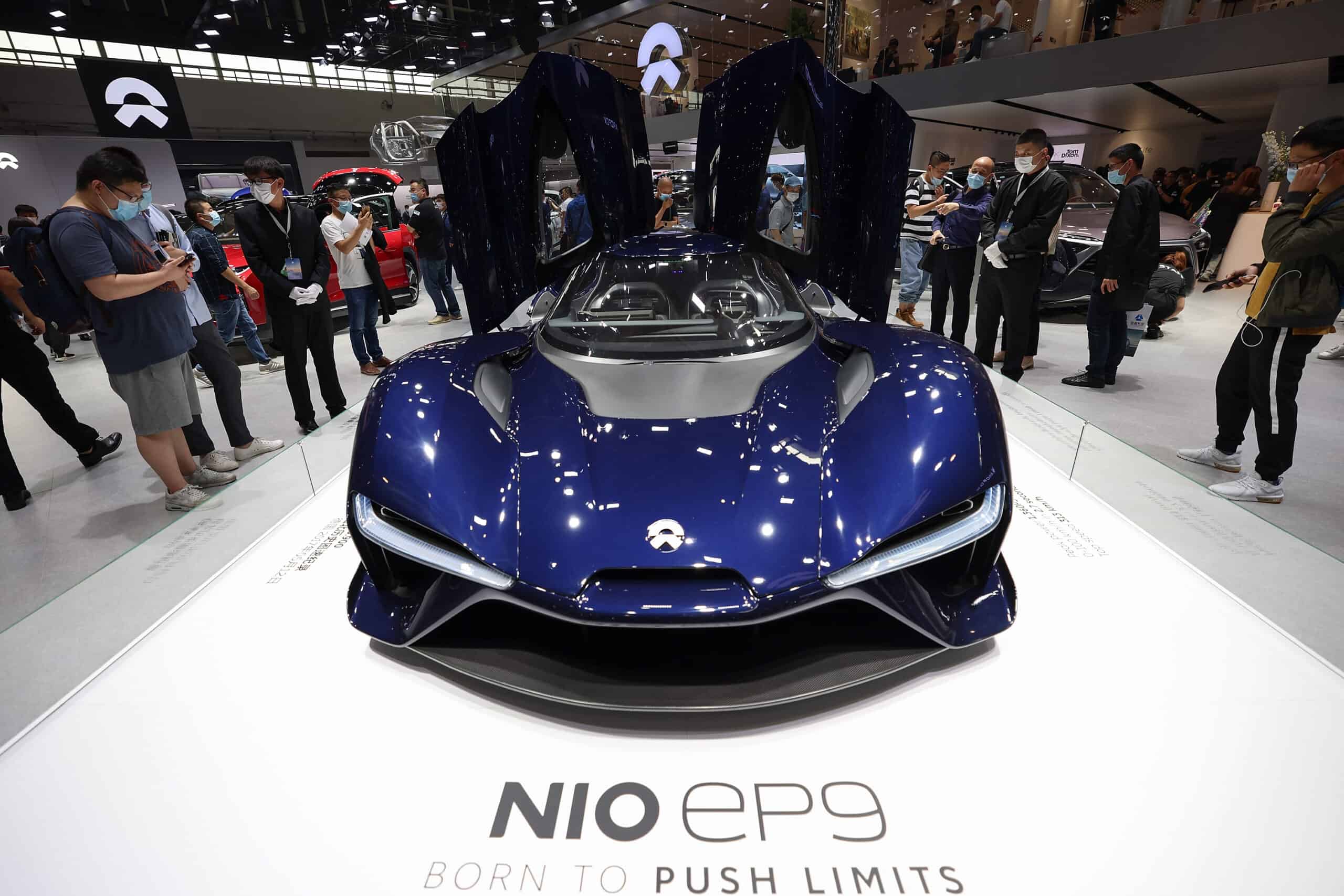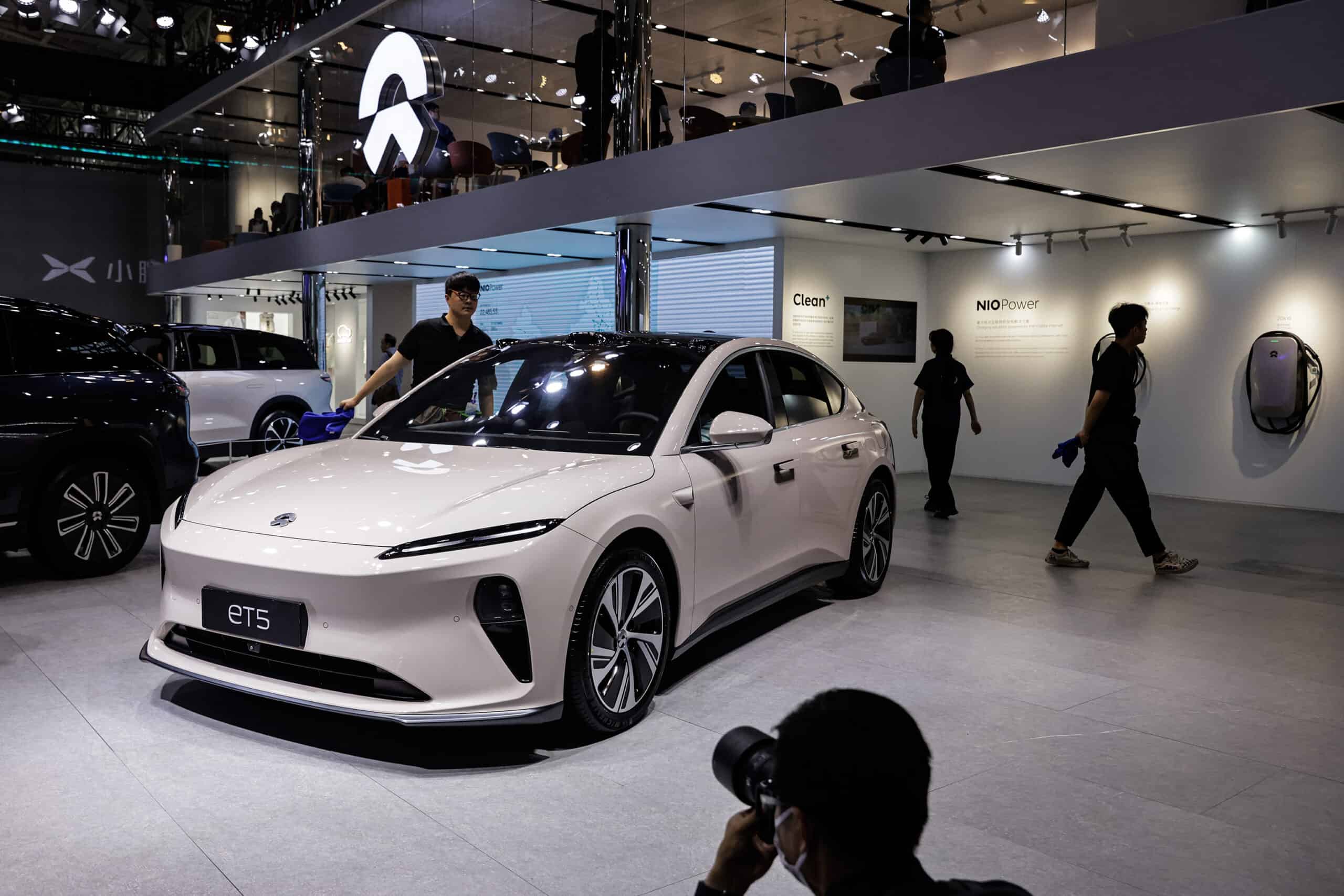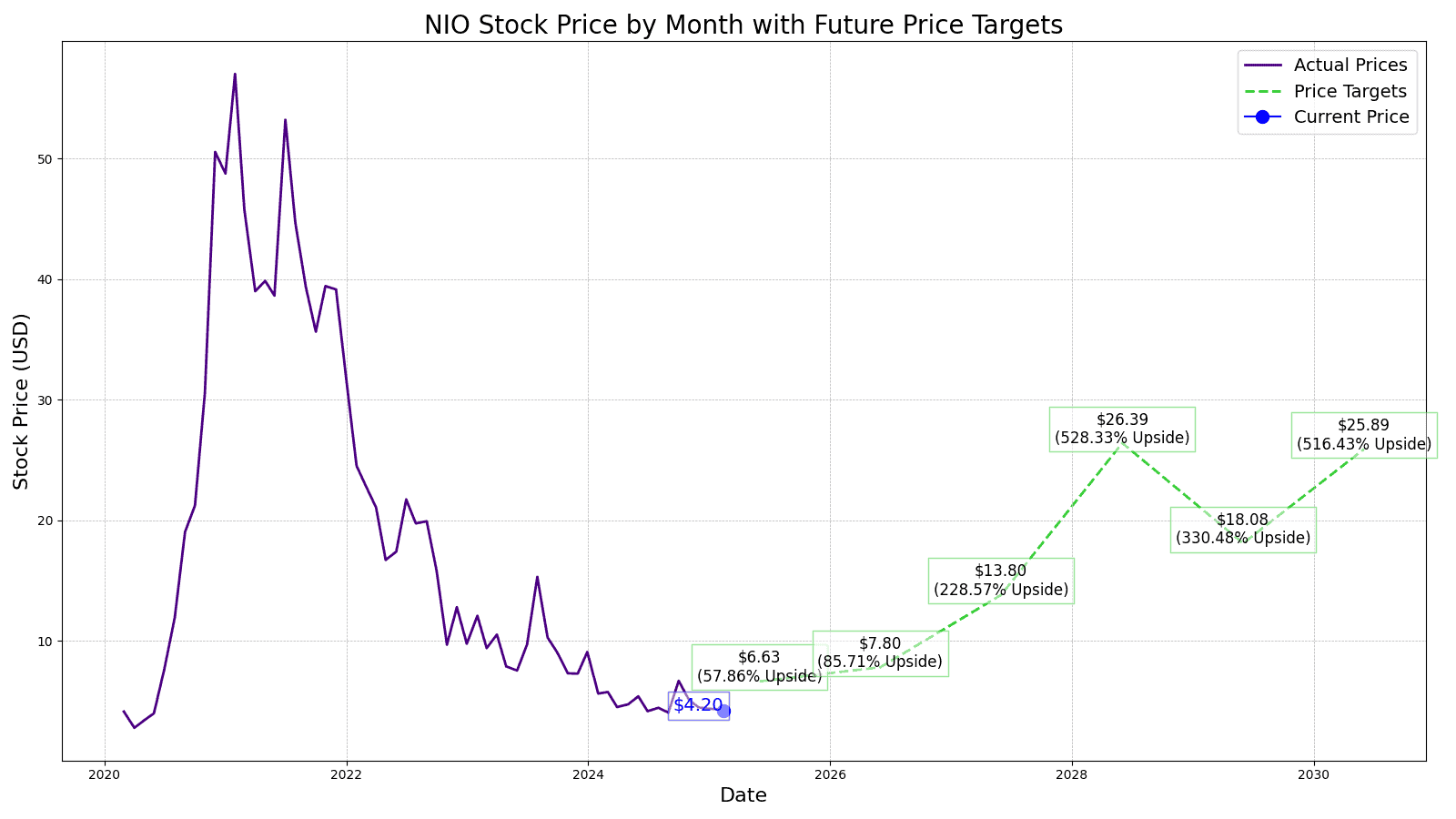Investing
NIO (NIO) Stock Price Prediction and Forecast 2025-2030 For February 13

Published:
Last Updated:

Shares of NIO (NYSE:NIO) popped 2.3% at the open on Thursday before tapering off and finishing the day up 1.19%. The price jump accompanied an announcement that in the Q4, AlphaStar Capital Management bought a new stake in the EV-maker to the tune of 123,270 shares valued at approximately $537,000. However, NIO’s institutional ownership remains relatively low at 8.19%.
The bump has added to a strong month for the stock, which is up 4.93% since Jan. 13. Shares have risen 9.51% over the past six months but remain down -25.26% over the past year. In January, JPMorgan analyst Nick Lai downgraded NIO from “Buy” to “Hold” and lowered his price target to $4.70 from $7. That followed another downgrade earlier in the month. On Jan. 7, HSBC cut its outlook for the company from a “Buy” rating to a “Hold” rating.
There are some encouraging tailwinds for shareholders, though. In early January, NIO rolled out its latest software update to European customers — version 2.4.0 of the Banyan operating system. This update introduces over 50 new features and enhancements, including a new driving mode specifically for the ET5 and ET5 Touring models. Inspired by NIO’s electric supercar, the EP9, this new “EP Mode” driving experience was previously only available in the Chinese market.
The Chinese carmaker’s high-performance models, which feature a +600-mile range, have caught the eye of vehicle enthusiasts and investors, while addressing range anxiety issues by creating battery swap technology as a supplement to charging. NIO is one of the 10 largest vehicle manufacturers in the world and the third largest in China.
From a stock performance standpoint, NIO has been a tale of two stories. When shares debuted on the New York Stock Exchange on Sept. 12, 2018, at $9.90, they struggled to build that momentum. It wasn’t until the summer of 2020 when the stock began to surge, gaining over 810% from June 26, 2020, to Feb. 9, 2021, when the stock hit its all-time high of $62.84. Shares have fallen considerably since, but the long-term outlook remains strong.
24/7 Wall Street aims to provide readers with our assumptions about the stock’s prospects going forward, what growth we see in NIO stock for the next several years, and what our best estimates are for NIO’s stock price each year through 2030.

The following is a table of NIO’s revenues, operating income and share price for its first few years as a public company.
Here’s a table summarizing performance in share price, revenues and profits (net income) from 2014 to 2018.
| Share Price (End of Year) |
Revenues (CNY) | Operating Income | |
| 2018 | $5.39 | 4,951.2 | (9,595.6) |
| 2019 | $3.45 | 7,824.9 | (11,079.2) |
| 2020 | $40.00 | 16,257.9 | (4,607.6) |
| 2021 | $16.70 | 36,136.4 | (4,496.3) |
| 2022 | $7.87 | 49,268.6 | (15,640.7) |
| 2023 | $4.71 | 55,617.9 | (22,655.2) |
Revenue and operating income in Billion CNY (1CNY=.14 USD)
Now let’s take a look at Rivian (NASDAQ:RIVN) the first few years it was a publicly traded company (here is Rivian’s stock price forecast):
| Share Price (End of Year) |
Revenues | Operating Income | |
| 2021 | $50.24 | $55.0 | ($4,220.0) |
| 2022 | $19.30 | $1,658.0 | ($6,856.0) |
| 2023 | $10.70 | $4,434.0 | ($5,739.0) |
| TTM | $15.35 | $4,997.0 | (5,790.0) |
The revenue growth for both firms is similar but Rivian’s operating loss is more than double the yearly operating loss of NIO.
NIO formerly contracted its manufacturing to Jianghuai Automobile Group, paying a fee for each vehicle produced in addition to fixed cost. They have since acquired the factory from JAC. This agreement is beneficial for a young start-up in a very capital-intensive market. However, when scale is reached, the variable cost model has its downsides.

| Year | Revenue* | Shares Outstanding | P/S Est. |
| 2025 | 97,052 | 2,050 mm | 1x |
| 2026 | 114,172 | 2,050 mm | 1x |
| 2027 | 134,643 | 2,050 mm | 1.5x |
| 2028 | 257,634 | 2,050 mm | 1.5x |
| 2029 | 176,533 | 2,050 mm | 1.5x |
| 2030 | 189,548 | 2,050 mm | 2x |
*Revenue in CYN millions
Compared to Rivian and Tesla, NIO’s price-to-sales valuation will be moderately discounted. While NIO is in solid financial standing and has a premium brand image, it’s still uncertain how much competition the company will face in China and expanding overseas. The company is already spending a quarter of revenues on R&D and if NIO can’t capitalize on this spend, the stock price will be sluggish compared to North American EV manufacturers.

Wall Street analysts give NIO a one-year price target of $5.31, representing a 26.24% increase from today’s share price. Based on 12 analysts’ ratings, the stock is a consensus “Hold.”
Here at 24/7 Wall Street, we expect to see a revenue growth of 60% for the year, with a price-to-sales multiple of 1x, which puts our price target at $6.63, an upside of 57.86% from today’s opening share price.
We estimate NIO’s stock price to be $25.89 per share. Our estimated stock price will be 516.40% higher than the current stock price.
| Year | Price Target | % Change From Today’s Price |
| 2025 | $6.63 | 57.86% |
| 2026 | $7.80 | 85.71% |
| 2027 | $13.80 | 228.57% |
| 2028 | $26.39 | 528.33% |
| 2029 | $18.08 | 330.48% |
| 2030 | $25.89 | 516.43% |
Retirement planning doesn’t have to feel overwhelming. The key is finding expert guidance—and SmartAsset’s simple quiz makes it easier than ever for you to connect with a vetted financial advisor.
Here’s how it works:
Why wait? Start building the retirement you’ve always dreamed of. Click here to get started today!
Thank you for reading! Have some feedback for us?
Contact the 24/7 Wall St. editorial team.